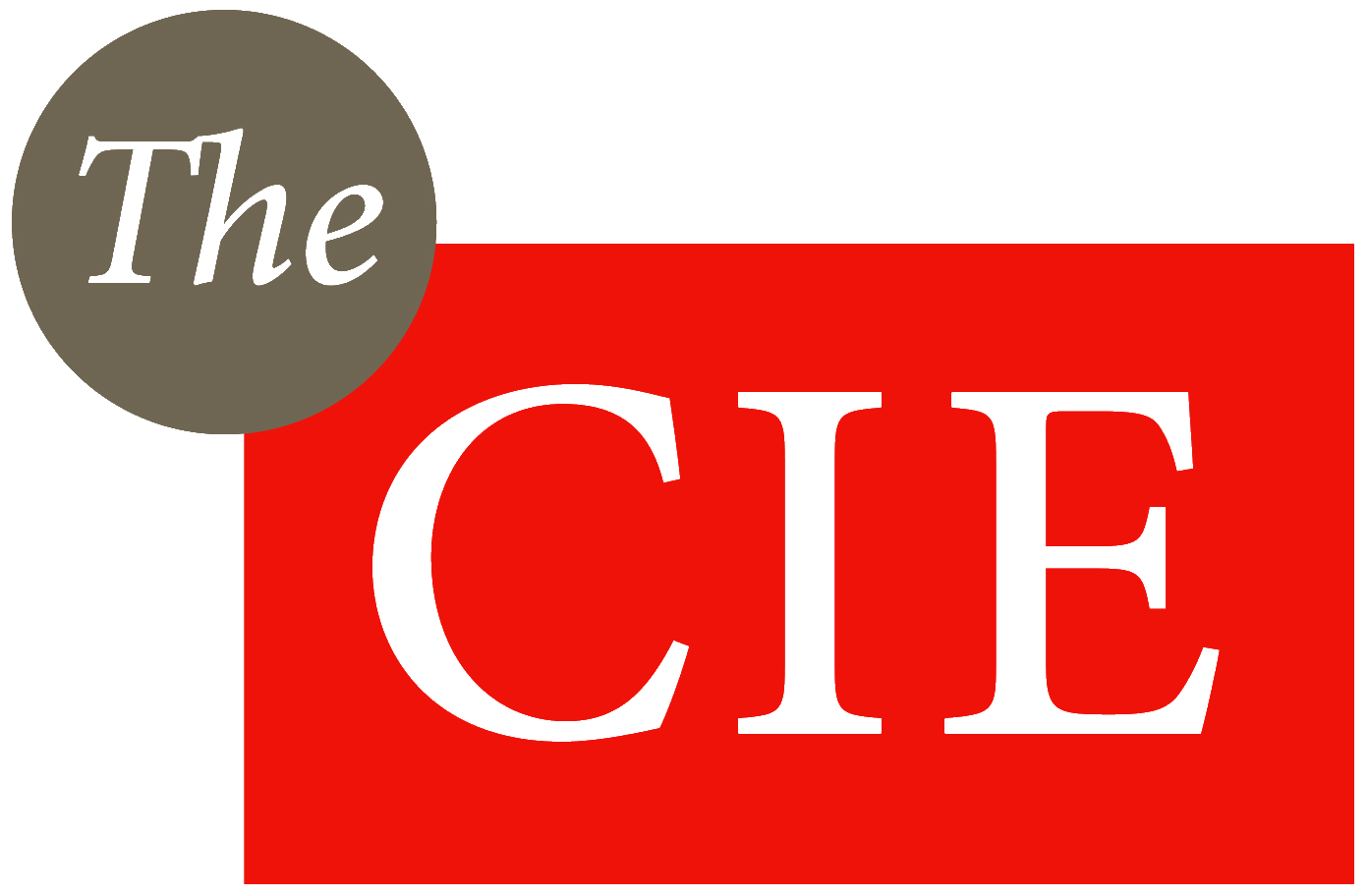Estimating the social marginal cost of public transport in Victoria
The CIE has undertaken modelling to estimate the social marginal cost of public transport, to support Infrastructure Victoria’s Fair Move: Better Public Transport Fares for Melbourne report.
Public transport in Victoria does not fully recover its costs from users. The majority of costs for public transport services are funded through public subsidies. From an efficiency perspective there are three main reasons for subsiding public transport fares:
Roads are not priced — in the absence of a subsidy on public transport there would be too much road use and congestion created from this road use. Public transport subsidies can therefore reduce the negative externalities from road use by increasing public transport demand through lower fares.
Public transport has high fixed costs — this means the cost of servicing additional passengers (the marginal cost) can be below the average cost per passenger. An efficient price signal would therefore require a public transport subsidy.
Lower public transport fares lead to more demand which in turn leads to more services, lower waiting times and further increases in demand.
Against the arguments for subsidies, public funding is not infinite. Raising money through taxes to pay for subsidies has costs of its own. Also, if the frequency of public transport does not fully respond to an increase in demand, subsidies may result in increased crowding.
For this study, the CIE developed a model to evaluate the costs and benefits of changes to the level and structure of the public subsidy. This was used to consider how the reasons for public subsidies compare in a quantitative sense, and what level and structure of fares these arguments would support. This analysis was undertaken with Jacobs, who under took the transport modelling and provided advice on the marginal financial cost of public transport.



